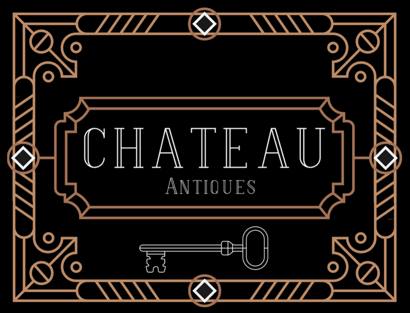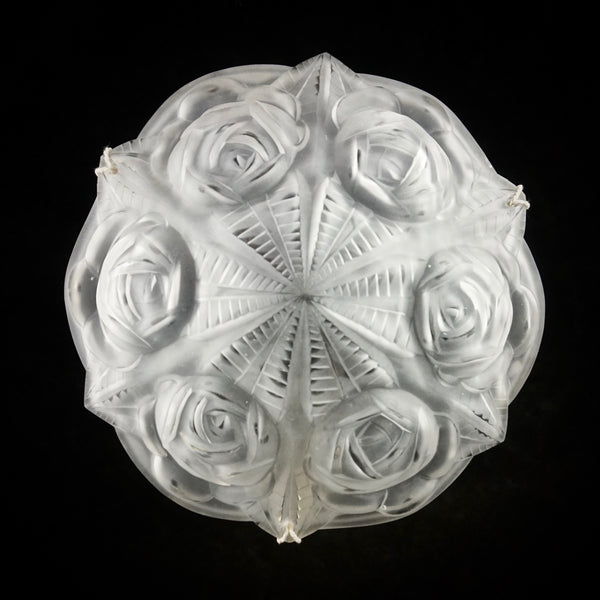The Animal Kingdom of Charles Lemanceau
While other fine representatives of the French Art Deco movement were concentrating their efforts on producing more utilitarian and geometrically rigid creations, there was a sculptor among them who applied its principles in creating a world of his own that sought to combine his appreciation for nature and form into tasteful, purely decorative pieces which would enrich the homes that proudly displayed them.
Born in Paris in 1905, Charles Lemanceau (1905 – 1980) showed a natural gift for artistic expression at an early age. Encouraged by one of his teachers to develop and pursue it, he entered a drawing competition organised by the city of Paris after the First World War had ended, and won 1st place. This gave him the reassurance to pursue a career in applied art, which was quickly justified as he applied and was accepted to three different schools, “l'Ecole Estienne”, ”l'Ecole Boulle” and “l'Ecole des Arts aplliques”. He chose the last as his alma mater, even being allowed to advance to the second year right away and graduate earlier.
He spent the years from 1923 to 1927 working closely with a sculptor named Chassing at Printemps Primavera. He had a noteworthy exhibition in 1925 at Salon d'Automne, where his works were showcased alongside the likes of Matisse and Le Corbusier. He had to undergo military service in 1927, but his merits as sculptor were quickly discovered and used to great effect in sculpting the bust of Amroise Paré, the father of military surgery.
With the service to his country complete, Lemanceau could concentrate on his art again, teaming up with another sculptor, Andre Le Picard. This is the most productive time of his life, a period where he has created many of his animal sculptures and a bust of African-American singer Josephine baker.
Lemanceaou’s animal sculptures are his most widespread work. He painstakingly tried to preserve the various animals’ fluidity of motion and proportions while also reducing their inherent complexity to something more in line with what other Art Deco ceramics were trying to accomplish. His medium of choice was crackle-glazed ceramic, which enhanced their texturing and overall aesthetic appeal. Some of the sculptures are made with conventional whites and creamy tones, while others, like the gazelle he designed for "La Maîtrise ", an art studio of the Lafayette Galleries which was featured in Sainte-Clement’s catalogue in 1929, were of radiant viridian green. They were also accompanied by stylised patches of grass and turf, which aided in creating a more natural setting for the animals. During his lifetime he made squirrels, greyhounds, polar bears, horses and a vast menagerie of other inspired creatures.
Even though most of his sculptures were made for Sainte-Clement and Sainte-Radegonde, contrary to other artists of the time such as David Gueron or Charles Catteau who either had the capital to establish their own factories or were employed by successful manufacturers for a long while, Lemanceau chose to remain independent and offer his works to the highest bidder, attracting the attention of Robj, Primevera and La Maitrise among others, which might also account for differences in the styling of his signature from piece to piece.
ChateauAntiques December 2016




Chateau Antiques
Author